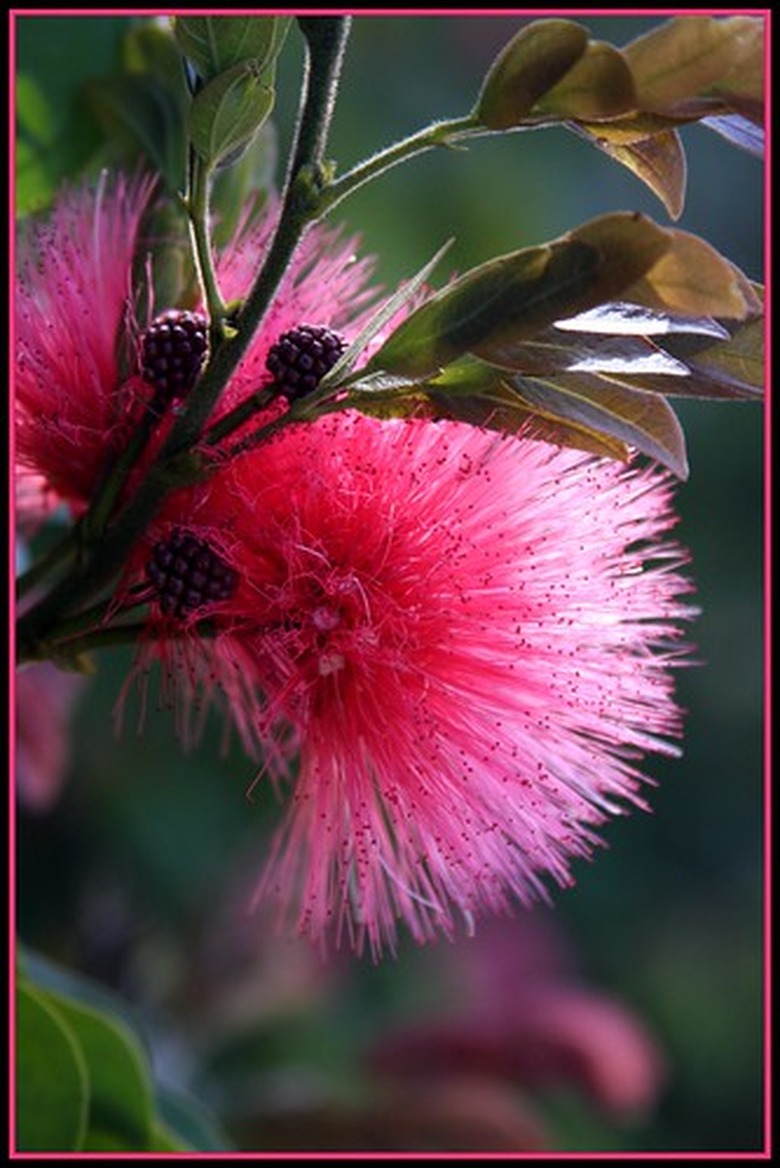Mimosa Tree Information
Mimosas are beautiful ornamental trees that produce large quantities of silky pink flowers in the late spring and early summer. Mimosa trees are short-lived, with an expected lifespan of 10 to 20 years. These trees are popular on patios because of the way light filters through their open, airy branches and leaves.
Origins
The mimosa tree is native to Asia. Its native range is from Iran to China, with some varieties being native to East Africa and Australia. The mimosa was introduced to the United States as an ornamental tree in 1745 and has become established from Virginia to Louisiana. It is also common in parts of California. This tree grows well in most North American coastal areas from New York to Washington State.
- Mimosas are beautiful ornamental trees that produce large quantities of silky pink flowers in the late spring and early summer.
- The mimosa was introduced to the United States as an ornamental tree in 1745 and has become established from Virginia to Louisiana.
Climate Zones & Light
The mimosa is hardy in zones 6 through 10. This deciduous tree can tolerate temperatures as low as -10 degrees F with no adverse effects. It grows well in many different lighting conditions, ranging from full sun to partial shade.
Size & Spacing
The mimosa common to the United States is a fast-growing tree that can reach 15 to 40 feet in height, depending on the exact variety, and 15 to 20 feet in diameter. As such, you should ensure adequate space between trees, leaving 15 to 20 feet between new plantings.
Description
The mimosa grows in an open branching pattern with multiple element fern-like leaves. Between April and July, the tree produces abundant 1 1/2- to 2-inch diameter fluffy, fragrant pompom like flowers.
- The mimosa is hardy in zones 6 through 10.
- The mimosa common to the United States is a fast-growing tree that can reach 15 to 40 feet in height, depending on the exact variety, and 15 to 20 feet in diameter.
Warnings
Mimosa reproduce very quickly. Some varieties have been declared invasive weeds in some jurisdictions. If you are planning on planting mimosa, check with your county agricultural extension service to see if the variety you are planning on cultivating is considered invasive in your area. Mimosa produce large quantities of seeds that can travel by birds, animals or water before germinating great distances from the parent tree.
